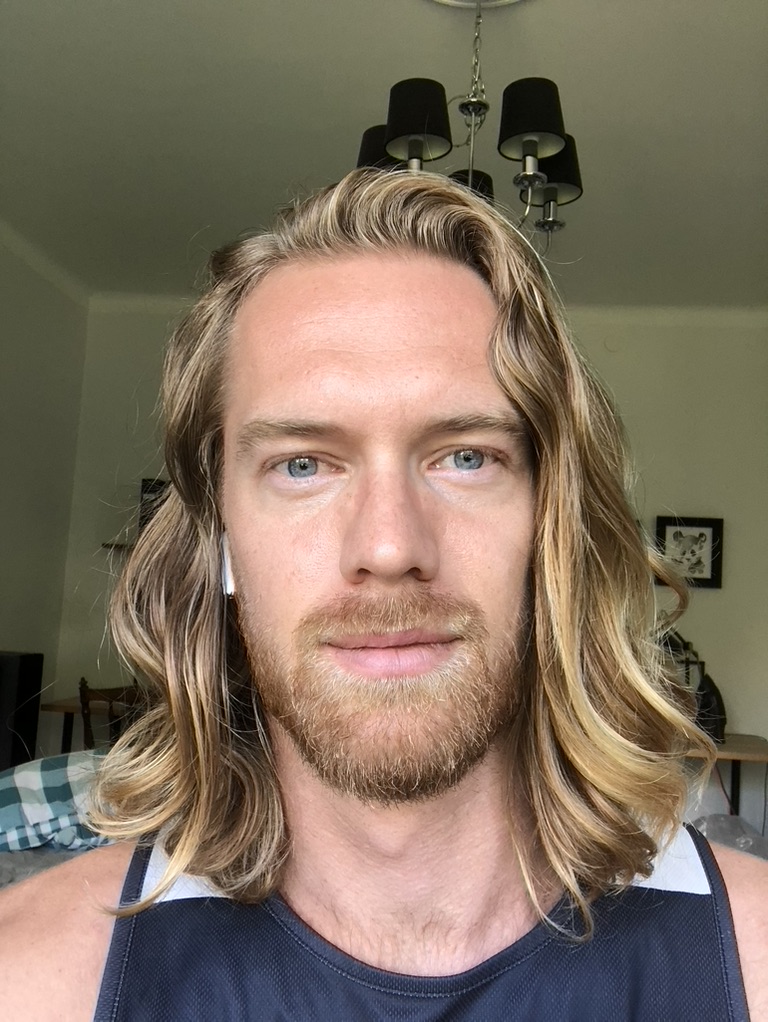
Creator and founder of breath~breaks. Discovered breath breaks after 7+ years of trying to integrate mindful practices into daily life.
In today’s fast-paced world, stress can feel unavoidable. Deadlines, notifications, and constant demands often leave us feeling overwhelmed, scattered, and disconnected. But what if there were a simple, science-backed way to reset your nervous system and stay in a state of flow throughout the day? Neuroscientist Andrew Huberman has shared one such method — the physiological sigh.
What Is the Physiological Sigh?
According to Huberman, this breathing technique can instantly reduce stress. He explains:
“The physiological sigh brings your level of stress down, immediately. And we all have the capacity to do it.”
The method is surprisingly simple:
- Take a deep inhale, letting your belly expand.
- Take one more, slightly deeper inhale.
- Exhale slowly through your mouth.
Just one round of this breath can trigger your body’s natural relaxation response, calming the nervous system and lowering stress hormones like cortisol.
How to use the Physiological Sigh in daily life
One of the best things about this technique is how easy it is to incorporate into your routine. You can use it:
- During a busy meeting
- While commuting
- In a short break at your desk
A few conscious breaths can reset your focus and bring you back to the present moment. Huberman notes that by repeating this habit throughout the day, you can maintain a state of flow — a mental state where attention, energy, and creativity align seamlessly.
The science behind the breath
Research supports the benefits of controlled breathing. Studies in neuroscience show that intentional breathwork:
- Activates the parasympathetic nervous system
- Reduces heart rate
- Improves emotional regulation
- Enhances cognitive performance and overall well-being
(Frontiers in Human Neuroscience, 2017)
Even a few rounds of the physiological sigh can make a measurable difference in how calm, focused, and present you feel.
Why the simplest tools are often the most powerful
The physiological sigh is a reminder that living in flow doesn’t require complicated routines or long meditation sessions. Sometimes, the simplest tools are the most effective. By taking just a few intentional breaths, you can:
- Transform stress into clarity
- Improve focus and attention
- Create a more balanced, mindful day
As Huberman puts it, the technique is “almost annoyingly simple,” but its effects are profound.
Finally, next time you feel stress creeping in, try the physiological sigh. With just a few rounds, you can calm your mind, reconnect with the present, and live your day in flow. It’s an easy, practical way to take care of your nervous system and enhance your daily well-being — anytime, anywhere.
.png)

%402x%20(2).svg)






